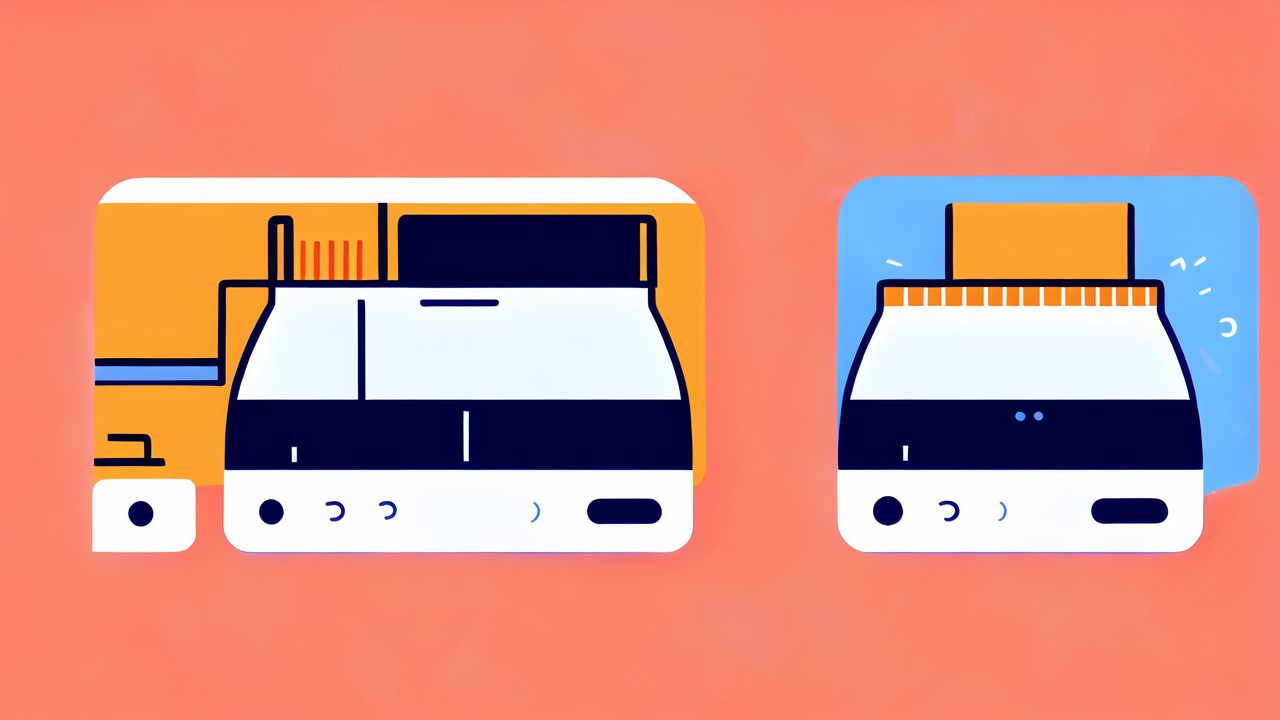The Rise of Tech in Fashion: Understanding the Shift
The Evolution of Wearable Technology in Clothing
Wearable tech has come a long way in fashion. It started with basic fitness trackers and smartwatches. Now, it's part of our everyday clothes. Early wearables were clunky and obvious. Today's tech-infused clothing is sleek and practical.

Pulse smartwatches were among the first popular wearables. They tracked heart rate and steps. Now, we have clothes that do much more. Smart fabrics can monitor health signs. They can adjust temperature and even change color.
Fashion designers are embracing this tech. They're creating stylish pieces with hidden features. The goal is to make tech invisible but useful. This blend of fashion and function is changing how we think about clothes.
Market Trends: The Demand for Smart Clothing
Smart clothing is gaining popularity in the US. Consumers want more from their outfits. They're looking for clothes that can multitask. This demand is driving innovation in the fashion industry.
Health-conscious buyers are a big market. They want clothes that track fitness and wellness. Athletes are also keen on smart workout gear. It helps them improve performance and prevent injuries.
There's growing interest in eco-friendly smart clothes. People want tech that's good for the planet. This trend is pushing brands to create sustainable wearables. The market is expanding beyond just gadgets to full wardrobes of smart clothes.
Innovations in Wearable Clothing: The Future is Here
Advanced Fabrics and Materials
The heart of wearable clothing lies in its fabrics. Scientists are creating amazing new materials. These fabrics can do things we once thought impossible. They're the building blocks of fashion tech innovation.

Some fabrics can generate electricity from movement. Others can change color with a tap on your phone. There are even materials that clean themselves. These fabrics are durable, flexible, and often washable.
Nanotech is playing a big role. It allows for tiny sensors to be woven into cloth. These sensors can track all sorts of data. From body temperature to UV exposure, they keep us informed. The goal is to make these fabrics feel just like regular clothes.
Integrating AI and Machine Learning into Clothing
AI is making clothes smarter than ever. Machine learning helps wearables understand our needs. This tech can predict and adapt to our preferences. It's like having a personal stylist in your closet.
Smart jackets can suggest outfits based on the weather. Shoes can adjust their fit as you walk. AI can even help clothes last longer by predicting wear and tear. This means less waste and more sustainable fashion.
Voice control is becoming common in smart clothes. You can ask your jacket to play music or take a call. Machine learning makes these interactions more natural over time. The more you use your smart clothes, the better they understand you.
Sustainable Practices in Tech Apparel
Sustainability is a key focus in wearable clothing. Brands are finding ways to make tech-infused clothes eco-friendly. This includes using recycled materials and low-impact manufacturing processes.
Some smart clothes are designed to last longer. They can update their features with software, not new purchases. This reduces waste and extends the life of garments. Brands are also creating take-back programs for old wearables.
Solar-powered fabrics are an exciting development. They can charge devices while you wear them. This reduces the need for disposable batteries. Biodegradable electronics are also in development. They aim to solve the problem of e-waste in fashion.
The Business of Wearable Clothing: Impact and Growth
Disrupting Traditional Retail with Smart Fashion
Smart fashion is changing how we shop for clothes. Online retailers are using AR to let customers try on clothes virtually. This reduces returns and improves satisfaction. In-store experiences are also evolving with tech.

Smart mirrors can suggest outfits and sizes. They can even show how clothes look in different lighting. Some stores use RFID tags to track inventory in real-time. This ensures popular items are always in stock.
Customization is becoming easier with tech. Customers can design their own smart clothes online. 3D printing allows for quick production of custom pieces. This shift is challenging traditional fashion business models.
Key Players and Startups in the US Wearable Clothing Scene
Big tech companies are entering the fashion world. Google, Apple, and Amazon are all investing in wearables. They're partnering with fashion brands to create stylish tech clothes. These collaborations bring together the best of both worlds.
Startups are also making waves. Companies like Athos and Hexoskin lead in smart workout gear. Others focus on specific niches, like smart jewelry or adaptive clothing. These startups are driving much of the innovation in the field.
Fashion brands are catching up too. Ralph Lauren and Levi's have launched their own smart clothes lines. They're bringing tech to mainstream fashion. This mix of tech giants, startups, and traditional brands is shaping the future of clothes.
Predictions for the Wearable Clothing Market in America
The wearable clothing market in America is set for huge growth. Experts predict it will be worth billions in the next few years. As prices drop and tech improves, more people will buy smart clothes.
Health monitoring clothes will likely see the biggest boom. They can help manage chronic conditions and prevent health issues. Smart workwear is another area with great potential. It can improve safety and productivity in many industries.
Privacy concerns will need to be addressed. As clothes collect more data, protecting that info is crucial. The industry will need clear guidelines on data use and storage. Despite challenges, the future of wearable clothing in America looks bright and innovative.




Leave a comment
This site is protected by hCaptcha and the hCaptcha Privacy Policy and Terms of Service apply.